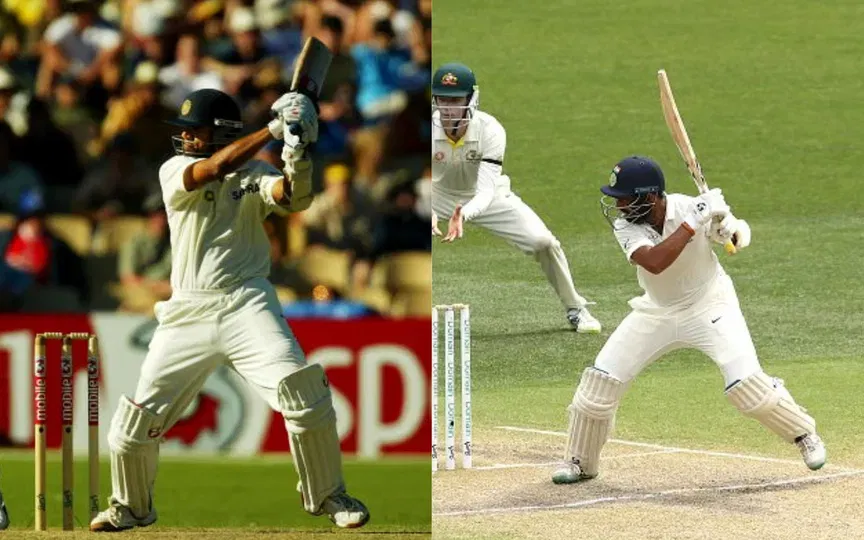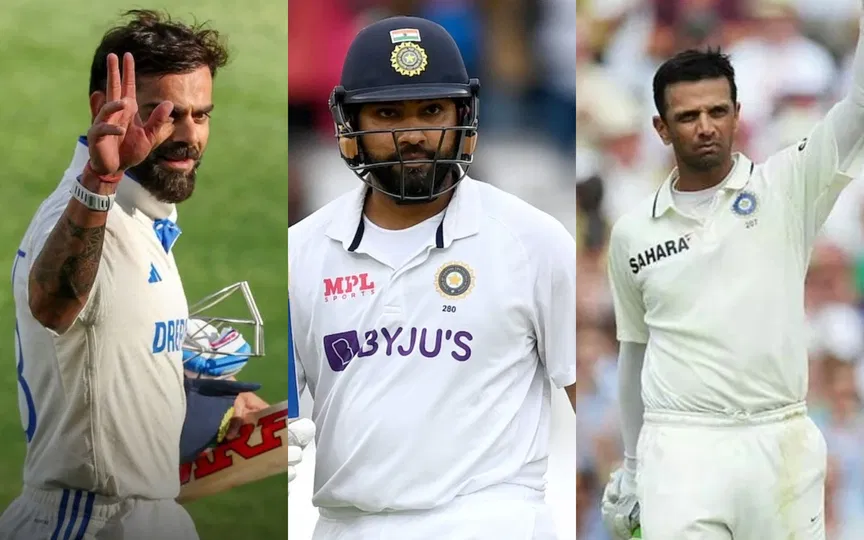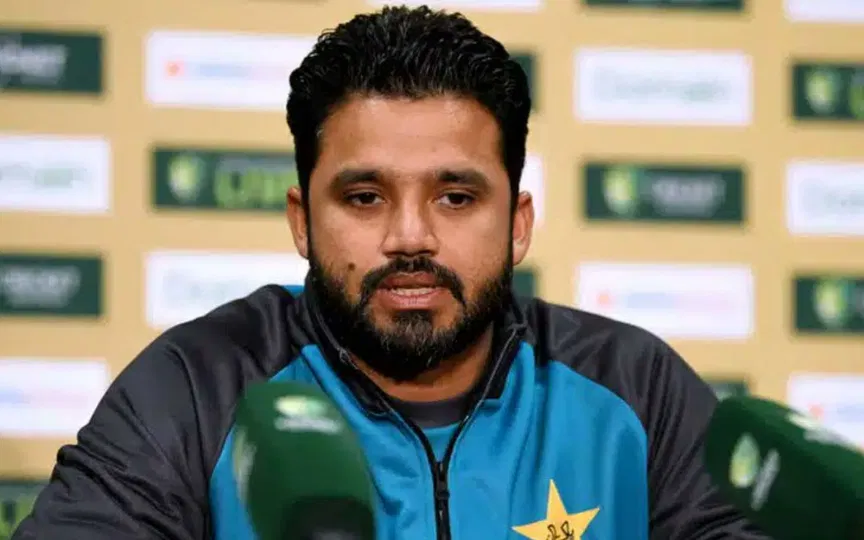![Washington Sundar impressive in Test since debut [Source: AFP Photos]](https://onecricketnews.akamaized.net/parth-editor/oc-dashboard/news-images-prod/1763616095004_washington_sundar.jpg?type=hq) Washington Sundar impressive in Test since debut [Source: AFP Photos]
Washington Sundar impressive in Test since debut [Source: AFP Photos]
With the loss against South Africa at the Eden Gardens earlier this week, India have now lost four of their last six home Test matches, with both their wins coming against the West Indies. Clearly, the Indian team is undergoing a transition as stalwarts like Virat Kohli, Rohit Sharma, Cheteshwar Pujara, and Ajinkya Rahane are either retired or no longer in the BCCI's radar.
India's experiment with No 3 batter in Test
 Image source : X/@BCCI
Image source : X/@BCCI
India have introduced young talents like Shubman Gill and Yashasvi Jaiswal who are trying to fill in for Kohli and Rohit, respectively. While these players are gradually adapting to their roles, a significant deficit in the team’s lineup is preventing the side from achieving the necessary core balance.
The position at number three in the Test batting order is traditionally reserved for the most reliable and technically sound batter. For India, at least seven different players have been tried at this place over the past two years.
The Indian team management has been experimenting and striving to find the most reliable player for the role who will give the required confidence and balance to the lineup. The spot has been somewhat unpredictable in recent years since Pujara's last Test.
The list includes greats like Kohli, a newbie like Sai Sudharsan, and even the returnee Karun Nair. At Eden Gardens in the last Test against South Africa, the Indian team management surprised everyone by promoting Tamil Nadu all-rounder Washington Sundar to number three.
Washington Sundar at No 3 : Added advantage for team India
However, playing Sundar at number three in place of Sai Sudharsan in the Kolkata Test match looked like a natural move. Sundar's experience of batting at the top order for his state team adds value to the Indian side, particularly given the current lack of good all-rounders.
Sundar’s promotion in the batting order was never a gamble. His strength with the bat comes from his experience of playing the Under-19 cricket primarily as a bowling all-rounder with a very solid grip on batting.
Sundar standing tall since debut
Sundar scored a determined 62 at the number seven position in his debut innings for India. In that memorable Brisbane Test match he provided the required support to Rishabh Pant with a 29-ball 22 in that fourth innings chase. He continued his good showing at home against England with unbeaten 85 and 96 runs in his second and fourth Test match.
After his return to the team in 2024, Sundar was supported by the new coach Gautam Gambhir, and he did not look back. The well-deserved maiden Test hundred came at Manchester when he and Ravindra Jadeja batted for nearly five hours on the last day to help India save the Test match.
Sundar showed enough grit and determination to score 29 off 82 and 31 off 92 batting at number three in the recently concluded Kolkata Test. Despite the loss, Sundar stood tall, scoring the highest runs, facing the highest number of balls, and batting the longest among the Indians, combining both innings.
On a difficult track, Sundar did a brilliant job of surviving. But the number three batter of a team has a lot to do than simply defending and surviving.
Number 3 position in Test : A pillar of stability
 Image source: X/@BCCI
Image source: X/@BCCI
The number three batter needs to possess the temperament of an opener and the ability to dominate the opposition's best bowlers. Batting at one down means facing the second ball of the day often. The job is to anchor and build the innings and, in the process, exhaust the opposition bowling attack. The match situation may demand commanding innings and also guidance for the upcoming batters.
The number three batters are built differently. They are often considered the backbone of a team’s batting. They are expected to play long innings, making it a tiresome job in Test cricket. The number three batters do not look for boundaries; they focus on rotating strikes, take quick singles, look for doubles, and ensure the momentum from the bowlers shifts by creating constant pressure.
Adaptability is crucial, which is still missing in Sundar’s batting.
India look for next Mr Dependable
Moreover, the Indian team used to boast the likes of Rahul Dravid and Cheteshwar Pujara at number three in Tests. Rahul Dravid played 164 Test matches for India and batted at the number three position on 219 occasions, scoring more than 10,000 runs.
Dravid was succeeded by Cheteshwar Pujara, who also played more than 100 Tests for India with more than 150 innings at number three. No wonder the Indian cricket team is looking for reliability and assurance at the number three slot- in short, a Pujara if not Dravid.
There is also a concern over Sundar’s off-spin bowling being affected by too much focus on his batting. The dual role could have a significant impact on the Indian team in the long run. At this moment, the management can hardly take any risk, especially in the longest format.
It is almost certain for Sundar to bat at number three in the Guwahati Test as the team management will not look to make too many changes, especially in the absence of captain Gill. Sundar may deliver again, but he will not be the permanent solution to the Indian team’s problem. With India's next Test series nearly six months away, the selectors will have to look for a definite answer to solve the puzzle.






